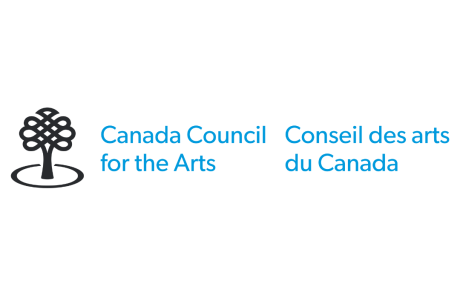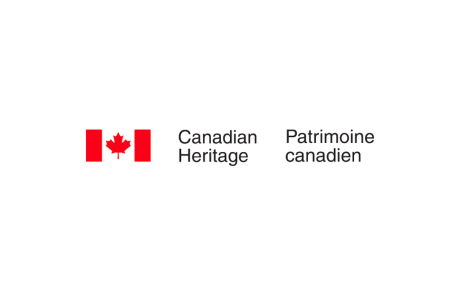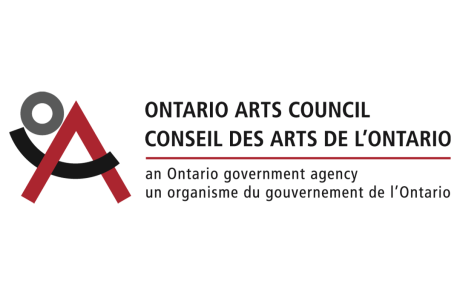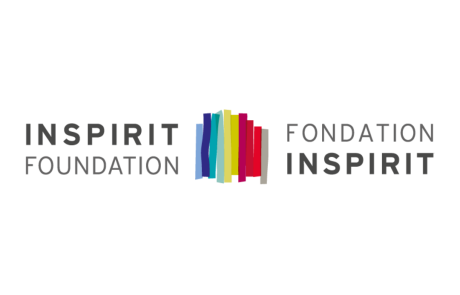Hawai’i Triennial 2025 (HT25)
ALOHA NŌ
Delegation Report
by Tiffany Shaw
Report: April 19, 2025
My time during the Triennial was invigorating and exploratory. Moving through Honolulu, meeting and seeing both local and global artists helped me to understand the importance of this location and connections to other islands, countries, and territories beyond. Witnessing how artists and their nations create autonomy for themselves within colonial structures was also interesting to see from a perspective outside of Canada.
Artists like Stephanie Syjuco, who exhibited at the Bishops Museum, powerfully reclaimed cultural agency through her installation and the accompanying explanatory text. She described how, by gently “releasing” Filipinos from historic black and white photos taken by American and Spanish colonial photographers she was allowing them to leave and live a life beyond the picture – refusing to “remain stuck in the image”. Her work, as described in the exhibition text “confront[s] the politics of curatorship and the display of marginalized histories in museum exhibits.”

Stephanie Syjuco – Blind Spots (Artifacts) 2024, photographs, mounts and casework
Interrogates systems of power and the dynamics of archival authority
Photo provided by Tiffany Shaw.
Another powerful piece was by Sonia Kelliher-Combs, shown at Capitol Modern. This work was ghostly and hauntingly beautiful when moving my body along side the work as there is a kinetic component. It’s message was deeply resonant in honoring Native community members lost to suicide. To see an artist from a cold climate like Alaska, akin to my own environment in Alberta, presenting work in a tropical climate like Hawaii created an interesting and meaningful contrast. Its emotional impact was not diminished by distance. Often I worry that context matters but in this context the artwork was boundless. Earlier that day I spoke with someone at my hotel who was getting married at Capitol Modern. Coincidentally he showed us a photo of this same artwork. Moved by its beauty, he hoped to be photographed with it on his wedding day alongside his wife. That moment reminded me how artworks can deeply connect to people, regardless of the artist’s original intent. Witnessing that resonance he had and the work itself has changed me in some way.

Sonia Kelliher-Combs, White Idiot Strings, 2025,sheep rawhide, wool yarn, beeswax, steel wire, nylon thread, acrylic paint. Photo provided by Tiffany Shaw.
Because the Triennial occupied multiple sites throughout Honolulu (and other islands we didn’t get a chance to visit) moving around the city became part of the experience. I could see how the city fabric wove itself through the artworks and vice versa. One artwork by Lehuauakea at Capitol Modern stood out for its diverse soft materials and gentle weaving patterns; qualities I encountered throughout the trip.

Lehuauakea, Still Finding My Way Back Home, 2025, Kapa, plant dyes, earth pigments, reclaimed silk and cotton, hand embroidery, bells, ceramic beads. Photo provided by Tiffany Shaw.
I enjoyed the outdoor venues such as Foster Gardens where I returned several times at different hours of the day. These visits not only allowed me to see the works in varying light but also offered a reprieve from the heat and a connection to the botanical diversity of this area. One particularly impactful combination of artwork and location was at the Honolulu City Hall. During the Opening Dedication on Feb 14th, artist and educator Meleanna Alulimeyer described how her work came into being and how it feeds into the synthesis of the Triennial’s theme. It was a powerful reflection of community building practices and the site emphasized the importance of connections. It also incorporated the symbol, Umeke, also used for the triennial logo, which has an intricate link to craft. I saw reciprocity at the event, between the artwork and the Triennial as a whole. The curators also spoke about the impact of the ‘Umeke in both the logo and in the curatorial theme. One description of the work noted how it transformed “the ʻumeke into a monument to healing and reflection.” This artwork will remain at city hall for approximately 3 months, during which the artist invites the community to gather inside the bowl to hold healing conversations around personal and collective regrowth.

Meleanna Alulimeyer, ʻUmeke Lāʻau (Culture Medicine) at Honolulu Hale / City Hall – Opening Dedication. Photo provided by Tiffany Shaw.
Overall I had a trip that was calm, peaceful and powerful. The trip was well organized and the group I traveled with was truly inspiring. I will treasure this time and look forward to finding connections from this trip moving forward in my own practice as a curator, artist and architect.

Photo provided by Tiffany Shaw.
Acknowledgement: This report was originally written as part of the ICCA Delegations Program Initiatives.
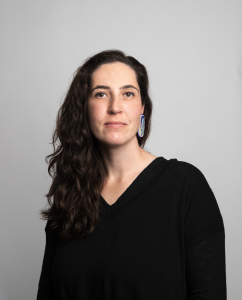 Tiffany Shaw is a Métis architect, artist and curator based in Alberta. She holds a BFA from Nova Scotia College of Art and Design (NSCAD) University, a Masters in Architecture from the Southern California Institute of Architecture (SCI-Arc) and is currently working at Reimagine Architects and recently started an Indigenous owned consulting company, named Reimagine Gathering. Shaw has exhibited widely including the Architecture Venice Biennale, Winnipeg Art Gallery, Pier 21, Agnes Etherington Art Centre and the Chicago Architecture Biennial. She has been the recipient of multiple public art commissions such as Edmonton’s Indigenous Art Park and Winnipeg’s Markham Bus Station. Among her public art projects Tiffany has produced several notable transitory art works and is a core member of Ociciwan Contemporary Art Collective.
Tiffany Shaw is a Métis architect, artist and curator based in Alberta. She holds a BFA from Nova Scotia College of Art and Design (NSCAD) University, a Masters in Architecture from the Southern California Institute of Architecture (SCI-Arc) and is currently working at Reimagine Architects and recently started an Indigenous owned consulting company, named Reimagine Gathering. Shaw has exhibited widely including the Architecture Venice Biennale, Winnipeg Art Gallery, Pier 21, Agnes Etherington Art Centre and the Chicago Architecture Biennial. She has been the recipient of multiple public art commissions such as Edmonton’s Indigenous Art Park and Winnipeg’s Markham Bus Station. Among her public art projects Tiffany has produced several notable transitory art works and is a core member of Ociciwan Contemporary Art Collective.
Oscillating between digital and analogue methodologies Shaw’s work gathers notions of craft, memory and atmosphere. Her practice is often guided by communal interventions as a way to engage a lifted understanding of place. While born in Calgary and raised in Edmonton, Shaw’s Métis lineage derives from Fort McMurray via Fort McKay and the Red River.


